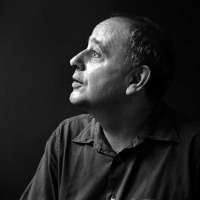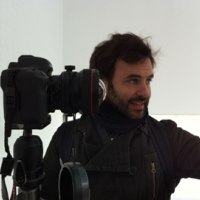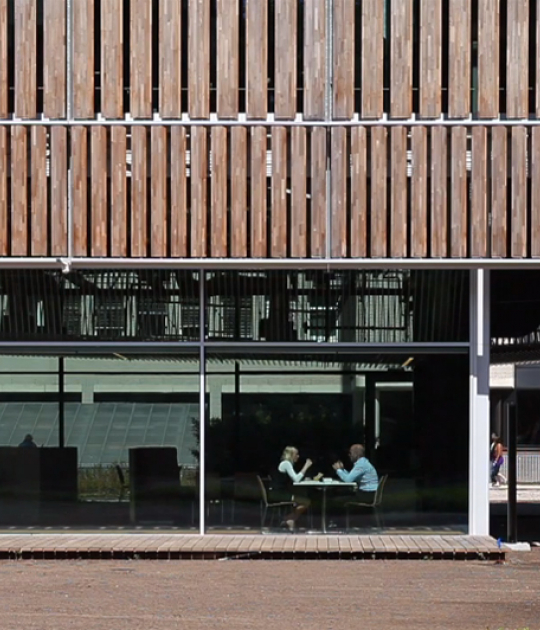Architectural detailing is what makes a project unique. We would like to present the breve interview with Josep Lluís Mateo about role of details in architecture and three projects designed by Mateo Arquitectura selected as case studies: the development of the medieval town of Ullastret, the intervention in the entrance hall of Prague National Gallery and the remodelling of Banc Sabadell in Barcelona.-
Q. What is technical and aesthetic importance of details in the development of architectural projects? Is detailing just small scale architectural design or is it much more?
A. You must zoom your mind from a distant, large abstract point of view to a very close contact to the object. The Eames family produced in the 70 ́a very nice short film named “Powers of ten”, explaining the importance of the scale and in a sense, the equal, symmetrical condition of the 2 extremes. From the inside the object appears a cosmos; from the very far appears an unitarian object.
Q. Why does concentration on small constructive details very important?
A. The logic of the idea is developed and explains with the consistence of the matter.
Q. Remodeling of the Banc Sabadell building or construction of Prague National Gallery Entrance Hall were interventions in pre-existing places requiring a lot of attention to the technical details, what is special about this type of projects?
A. Both are small spaces. In this moment, for me, every single question to be made... a door, a table are material of a big problem. Not to be solved without careful energy. In these occasions the quality of the project is going to be connected, like always, with the idea, but also with all your senses: how do you touch, how do you see, what do you hear... The phenomenological aspects are crucial.
Development of the medieval town of Ullastret, Girona.-
In Ullastret, the surface of the newly geometric site had to be clad, its skin defined. Here, the idea – I would almost say the delirium – was for this horizontal cladding to react always to its direct environs, to the walls of the facades: with no boundaries and with no other internal logic than the one provided by the geometry of the topography beneath it. The fragment was the rule. Ultimately, each square centimetre was a specific problem. A system cannot last very long in a medieval city, and working with pavement meant obeying the general urban logic, in this case fragmented and multiple.
Intervention in the entrance hall of Prague National Gallery.-
The roof is a continuous sheet that stops short of the buildings around it, producing large skylights that generate an interesting interplay of reflections with different degrees of shine. The structure of the roof is composed by three longitudinal frames and nine secondary orthogonal beams. Each main frames have two steel columns RHS-200.200 or similar. The two ends are supported by the existing façades. This three frames are solved in a different way, depending of its location in plan.
The floor folds to adapt to the different levels of the existing entrances. The paving combines different types of stone such as black marble, travertine and local red stone, creating a study of geometries and finishes that suggest the work of artisans.
Remodelling of Banc Sabadell, Barcelona.-
In our work for Banc Sabadell we adopted a policy of invisibility. In old buildings worthy of conservation (for a variety of reasons), the project has to keep a low profile, sacrificing its own desire for protagonism.
Description of the projects by Josep Lluís Mateo.


































